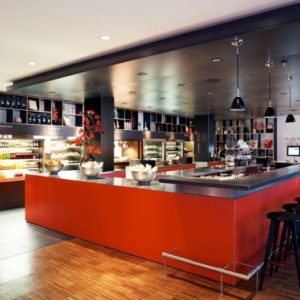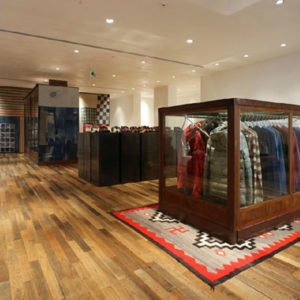


The XinXian Inn Hotel is located in the centre of Beijing, the Dongcheng District around the corner of Galaxy Soho on the eastern 2nd Ring road. The low-budget Hotel is neighbouring the Xinxian Hutong, a large area with traditional Chinese courtyard houses, which entrances are now mostly blocked by newly constructed commercial buildings. Throughout Beijing, the rich culture and vivid life-style of the Hutong areas are mostly getting replaced by high-profitable and shallow real-estate blocks. With the XinXian Inn Hotel, we tried to incorporate the atmosphere and history of the Hutong areas into a hospitality design.

The client was intrigued by this idea to focus on the traditional forms and materials of the surrounding neighbourhood for several reasons. As every young entrepreneur he was on a small budget for the hotel. And throughout his life he liked the Beijing Hutong areas and this was one reason he chose this location. “I remember, one day in late 2016 a young guy knocked our Office Door and came in with an idea to revive a former traditional guesthouse. He also had written down 4000 Chinese characters that emphasised on his vision and on the history and rich culture of the district. This impressed me deeply, so we got started right away.” recalled Dayong Sun.

The 1.000 sqm building was a former traditional guesthouse stretched over 2 floors, with small rooms and limited daylight. On the hotel’s main facade we integrated a reversed view of a traditional Hutong House. The silhouette was cut into a massive brick-wall and executed as a large glass facade which brings daylight into the lounge and lobby area. The facade is a visible icon toward the storefront and mirrors the surrounding Hutong area with its dark bricks, natural wood and glass. The glass front is an open gesture to the outside and invites guests into the hotel.

“Seeing guests chatting and relaxing, reflects in a way the traditional image Beijing, where the streets of a Hutong area was a public space and people would discuss, take a rest, dance or play cards in front of their houses. I also reminded me when I first came to Beijing before the Olympic Games. A lot has changed since then,” says Chris Precht. The original space was composed of a hall on the first floor, not very large, mainly for reception, and guest rooms on the second floor. Due to the absence of elevator, the client wished to add a room on the first floor for guests who have problems walking stairs.

Being close to Beijing Railway Station and key hospitals, the hotel was and would still be frequented by elder tourists and patients from afar looking for better treatment in the capital. Now, the first floor also features the public areas of the hotel, like the lobby and a lounge for visitors. All of the main functions are in a separate, wooden shelter. Walking into the hotel, the hallway seems like an alley wending through a neighbourhood of little houses. We placed a lot of plants along the way, so the atmosphere between inside and outside fades and the hotel creates a little Hutong by itself.
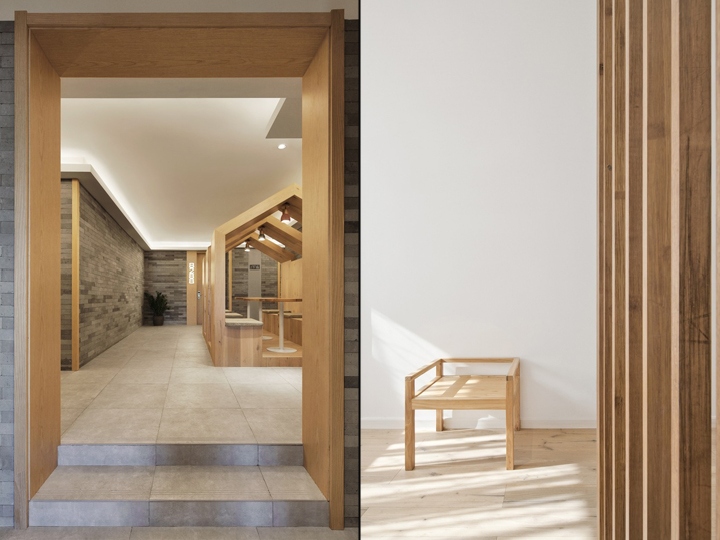
On the second floor, the existing layout had a 50m long tedious corridor with rooms on left and right. We reduced the amount of rooms to 50 and offered public areas into the new layout to break the monotony on one hand and offer working and meeting spaces for the guests. The idea to create gathering spaces, public areas or a neighbourhood atmosphere is a topic throughout the hotel. For the hallway, we also chose dark bricks on the walls to intensify the atmosphere of walking in an alleyway through a Hutong.

The wooden shelters are in a strong contrast to the haptic walls and should feel like little gazebos placed along the path. The hotel was designed on one main theme: “Retrieving Memories.” Although Hutongs are an integral part of the “old” Beijing, we want them to serve as a cultural reminder in the city’s presence. An architectural heritage and culture of a place is shaped over centuries and should be a constant valuable companion in a future developments of the city.
Design: Penda
Photography: Xia Zhi
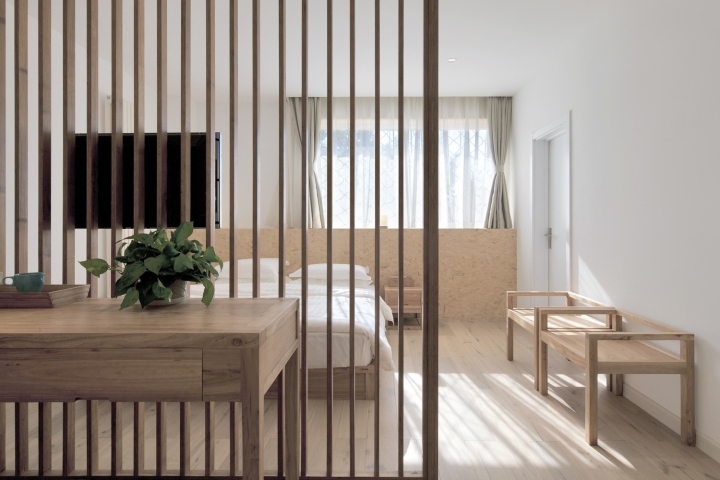


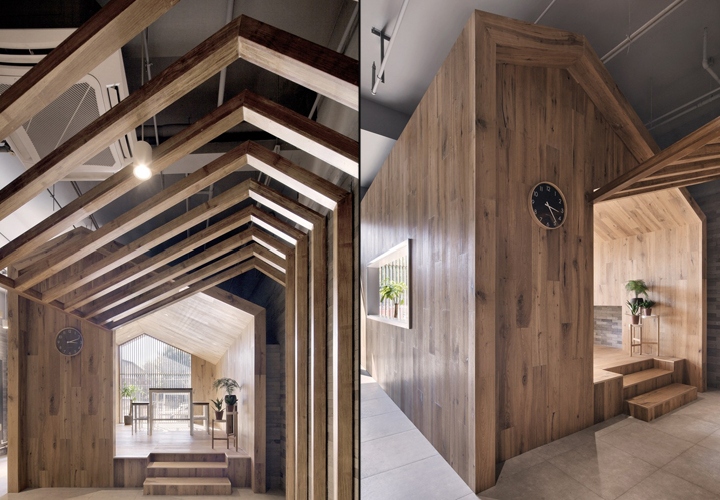


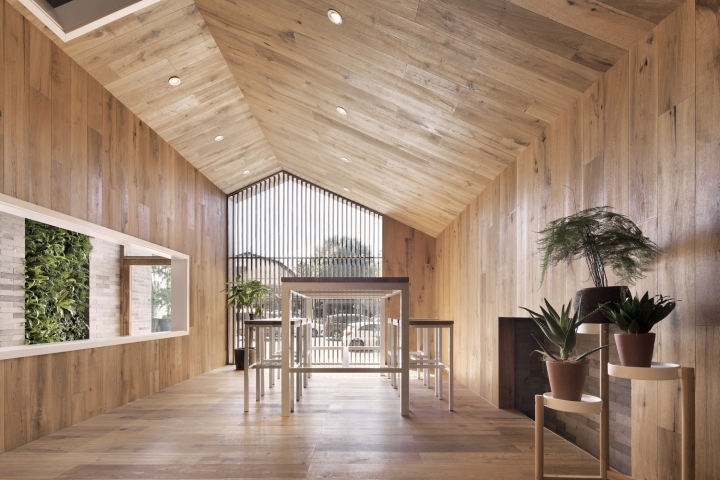


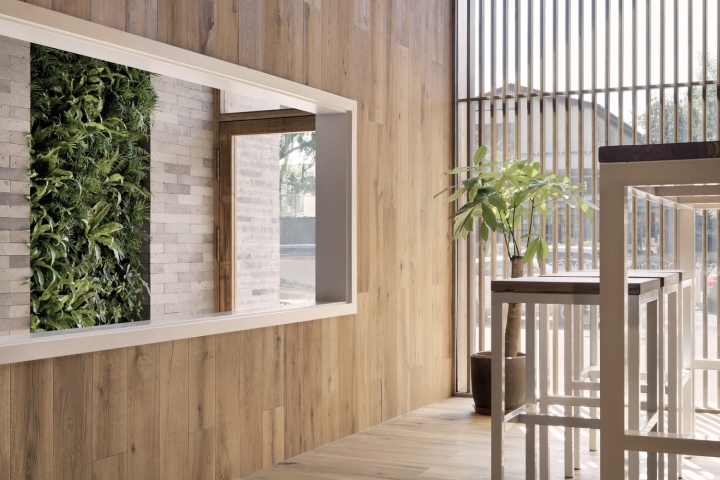


https://www.archdaily.com/885860/xianxian-inn-hotel-penda





















